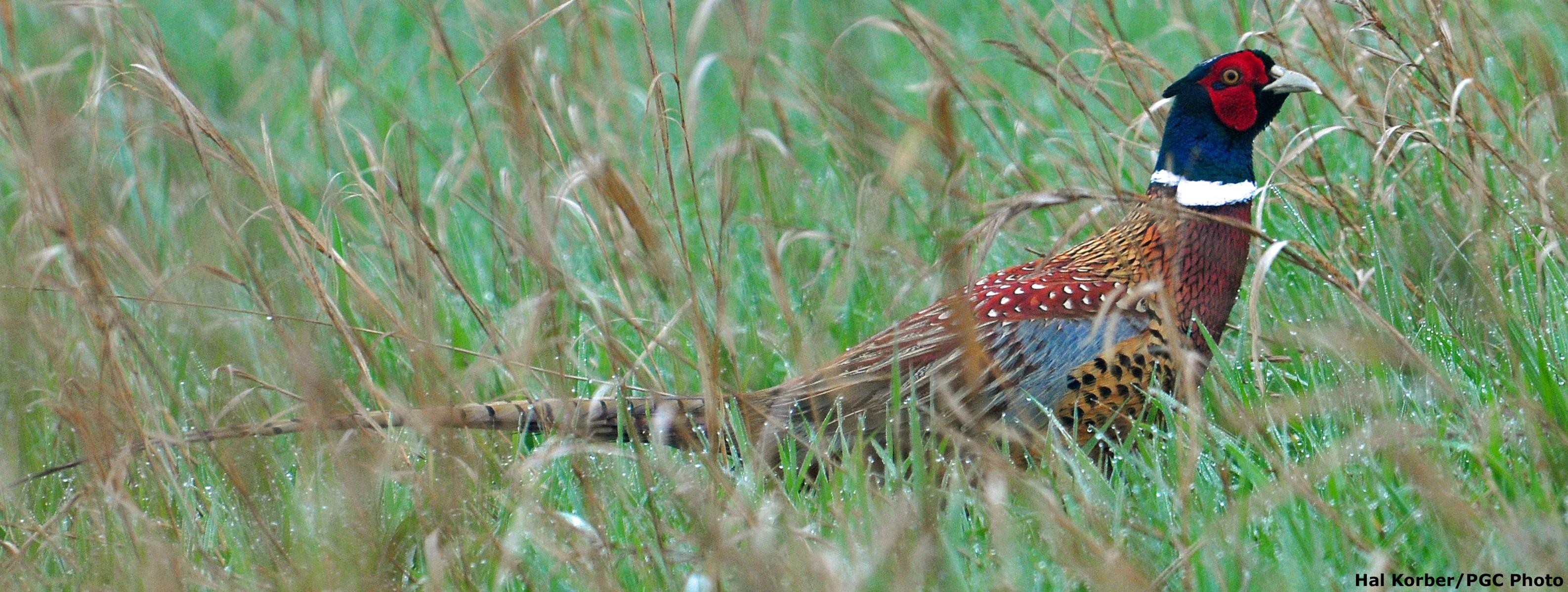Wild Pheasant Recovery Areas
What is a WPRA?
What is a WPRA? A Wild Pheasant Recovery Area (WPRA) is an area designated by the Pennsylvania Game Commission for the release of wild pheasants that were trapped in western states and transferred to Pennsylvania.
The Game Commission passed the following regulations to protect wild pheasants in Wild Pheasant Recovery Areas.
-
It is unlawful to release artificially propagated pheasants any time within any WPRA.
-
It is unlawful to hunt pheasants in any WPRA, except the Game Commission executive director can authorize permit-based pheasant hunting opportunities in the Central Susquehanna WPRA.
Central Susquehanna WPRA: Located in Northumberland, Montour and Columbia counties, the Central Susquehanna WPRA began in 2007 with the Central Susquehanna Chapter of Pheasants Forever. (Central Susquehanna WPRA Map PDF)
Somerset WPRA: Located in Somerset County, the Somerset WPRA began in 2009 with the Somerset County Chapter of Pheasants Forever and was dissolved in 2017.
Hegins-Gratz Valley WPRA: Located in Schuylkill and Dauphin counties, the Hegins-Gratz Valley WPRA was established in 2011 with the Schuylkill County Chapter of Pheasants Forever and was dissolved in 2019.
Franklin WPRA: In Franklin County, the Franklin WPRA was established in 2011 with the Cumberland Valley Chapter of Pheasants Forever. The first release of wild pheasant on this site was in 2014. (Franklin WPRA Map PDF)
Reference
WPRA Recommendations for the Future (PDF)
WPRA Manual (PDF)
Ring-necked Pheasant Management Plan for Pennsylvania: 2008-2017 (PDF)
Annual reports can be found in the
document libraryFor further information on criteria, procedures and methodology for Wild Pheasant Recovery Areas see the WPRA Manual. WPRA partners joining the Pennsylvania Game Commission in this wide-ranging partnership are:
- Habitat Forever
- PPL Montour Preserve
- South Dakota Game, Fish & Parks Dept.
- Fort Peck Indian Reservation, MT
- Lower Brule Indian Reservation, SD
- WPRA Volunteers and their bird dogs
- The Richard King Mellon Foundation
- Pennsylvania farmers and landowners
- California University of Pennsylvania
